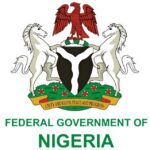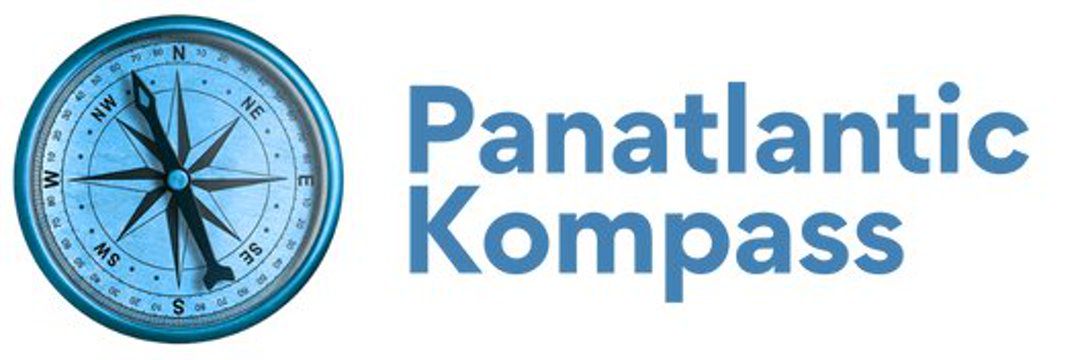Nigeria’s public debt has hit N152 trillion as of June 30, 2025, according to the latest report from the Debt Management Office (DMO).
This marks a sharp quarterly increase of N3.01 trillion—or 2.01%—from the N149.39 trillion recorded at the end of March.
In dollar terms, Nigeria’s public debt climbed from $97.24 billion to $99.66 billion within the same period, reflecting a 2.49% rise.
The DMO, in its reports attributed part of the increase to currency depreciation, which inflated the naira value of external loans despite limited new borrowings.
According to the report, Nigeria’s external debt stock rose marginally to $46.98 billion (N71.85 trillion) in June from $45.98 billion (N70.63 trillion) in March. Multilateral institutions continue to dominate the creditor mix, holding $23.19 billion or 49.4% of total external obligations. The World Bank’s International Development Association (IDA) alone accounts for $18.04 billion, nearly 40% of Nigeria’s foreign loans.
On the domestic front, Nigeria’s public debt climbed to N80.55 trillion by June, up N1.79 trillion from N78.76 trillion in March. Long-term Federal Government bonds remained the largest component, accounting for N60.65 trillion or 79.2% of total domestic liabilities.
This included N36.52 trillion in standard FGN bonds, N22.72 trillion in securitised Ways and Means advances from the Central Bank of Nigeria, and N1.40 trillion in dollar-denominated bonds.
Of the N152.40 trillion total Nigeria’s public debt, the Federal Government is responsible for N141.08 trillion, about 92.6%. This comprises N64.49 trillion in external obligations and 76.59 trillion in domestic debt.
Breakdown of Nigeria’s public debt
Meanwhile, a breakdown of the DMO’s report on Nigeria’s public debt revealed that the country owes countries like China, France, Germany, and Japan (bilateral debts) and multilateral institutions like the World Bank, Islamic Development Bank (IsDB), and the African Development Bank (AfDB).
In terms of local debts, Nigeria owes local bond creditors via the sale of FGN Bonds, Treasury Bills, Sukuk Bonds, Green Bonds, and Promissory Notes.
This is a breakdown of Nigeria’s debt creditors including domestic and external lenders.
1. FGN Securities (N80.55 trillion | $52.68 billion)
Type: Domestic
Definition: Nigeria’s core local debt instruments include FGN Bonds, Treasury Bills, Savings Bonds, Sukuk, Green Bonds, and Promissory Notes.
Utilization: Finances the federal budget, capital projects, and liquidity management. These securities are held largely by local banks, pension funds, and institutional investors.
Share of total debt: 52.8%
2. Eurobonds (N26.48 trillion | $17.32 billion)
Type: Commercial
Definition: Dollar-denominated sovereign bonds issued by Nigeria in international capital markets.
Utilization: Used to finance annual budget deficits, bolster foreign reserves, and refinance existing external debts.
Share of total debt: 17.4%
3. World Bank Group (N29.65 trillion | $19.39 billion)
Type: Multilateral
Definition: Comprises credits from the International Development Association (IDA) and the International Bank for Reconstruction and Development (IBRD).
Utilization: Targets development programmes in agriculture, education, fiscal reforms, power, and social investment.
Share of total debt: 19.4%
4. China (N8.46 trillion | $5.53 billion)
Type: Bilateral
Definition: Loans from the Exim Bank of China and the China Development Bank, often under the Belt and Road Initiative.
Utilization: Funds major infrastructure — railways, airports, power plants, and ICT corridors.
Share of total debt: 5.5%
5. African Development Bank Group (N5.82 trillion | $3.80 billion)
Type: Multilateral
Definition: Loans from AfDB and its concessional arms — the African Development Fund (ADF) and Africa Growing Together Fund.
Utilization: Supports infrastructure, industrialization, and regional trade projects.
Share of total debt: 3.8%
6. Other Countries & Promissory Notes (N1.12 trillion | $735 million)
Type: Promissory Notes / Bilateral
Definition: Negotiated instruments issued to settle verified obligations owed to local contractors, exporters, or foreign partners.
Utilization: Clearing arrears, state refunds, and outstanding payments to project partners.
Share of total debt: 0.7%
7. Syndicated Loans (N321.09 billion | $210 million)
Type: Bilateral / Commercial
Definition: Short-term and medium-term facilities are arranged by a group of banks, often led by institutions such as the Africa Finance Corporation (AFC).
Utilization: Used to provide bridge financing, refinance maturing obligations, or plug short-term fiscal gaps.
Share of total debt: 0.21%





